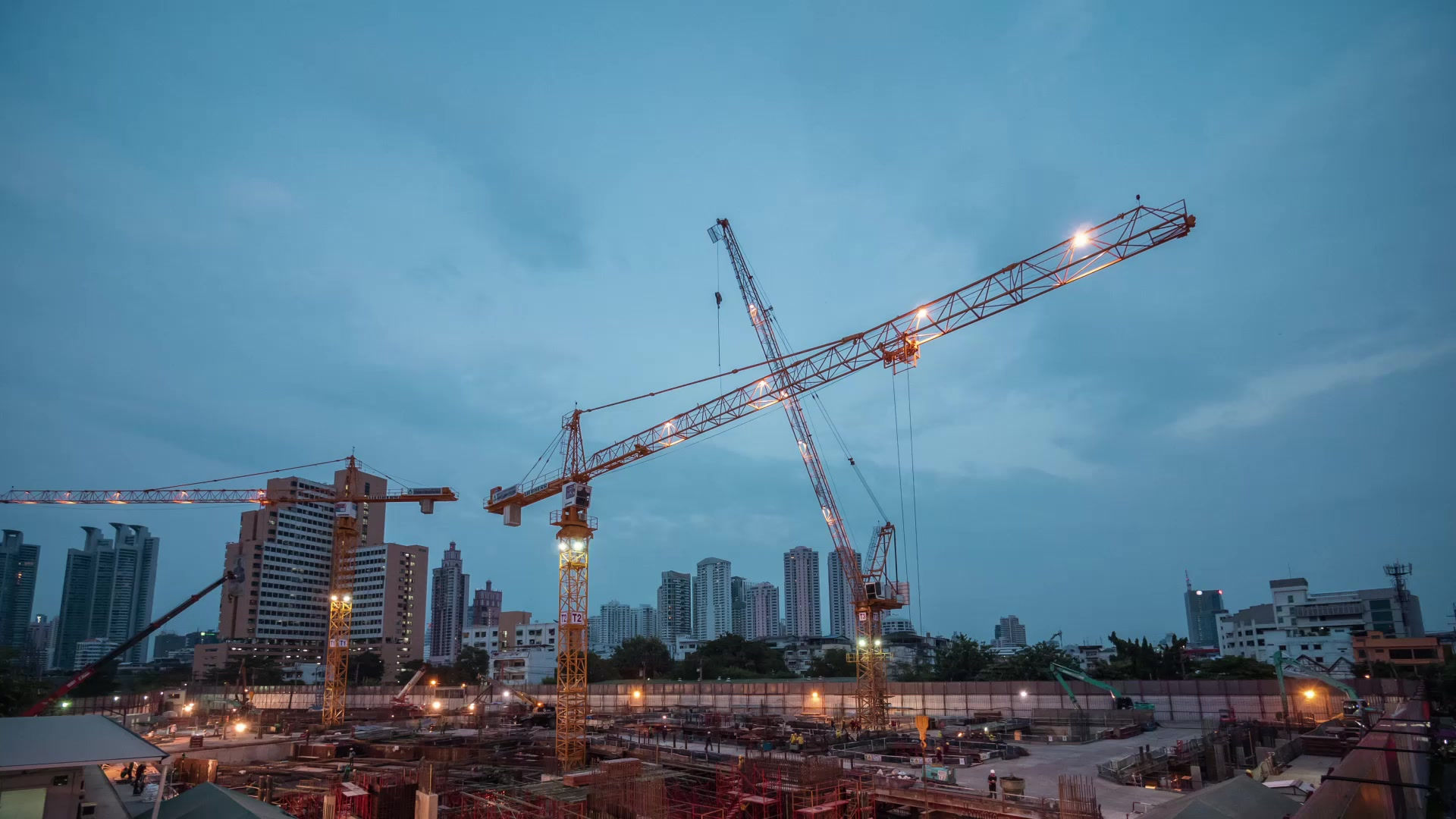Hot Weather Concrete
- cissi72
- Mar 4, 2023
- 2 min read
Hot weather concrete refers to concrete that is placed and cured in high-temperature conditions, typically above 90°F (32°C). Concrete placed in hot weather can experience a number of challenges that can impact its performance, including reduced workability, faster setting times, increased risk of plastic shrinkage cracking, and decreased compressive strength. Here are some key considerations for placing and curing concrete in hot weather:
1. Mix Design: The concrete mix design should be optimized for the expected hot weather conditions. This may include using lower cement content, higher water-cement ratios, and retarders to slow down the setting time. 2. Temperature Control: The temperature of the concrete mix, as well as the ambient temperature of the surrounding environment, should be carefully monitored and controlled to prevent the concrete from overheating. This can include using cool water to mix the concrete and covering the concrete with shade or using evaporative cooling. 3. Placement Timing: Concrete should be placed early in the morning or later in the evening when the temperature is cooler, and the sun is less intense. Additionally, larger pours may need to be broken up into smaller sections to prevent overheating. 4. Protection: Freshly poured concrete should be protected from direct sunlight, wind, and dry air. This can be achieved through the use of shading, misting, or windbreaks. 5. Curing: Proper curing is critical for ensuring that the concrete reaches its intended strength and durability. In hot weather, curing may need to be extended or modified, such as using a combination of curing compounds, wet curing, or shading. 6. Testing: Regular testing of the concrete can help to identify any issues early on and allow for corrective actions to be taken. This can include testing the compressive strength, air content, and other properties of the concrete.


Comments